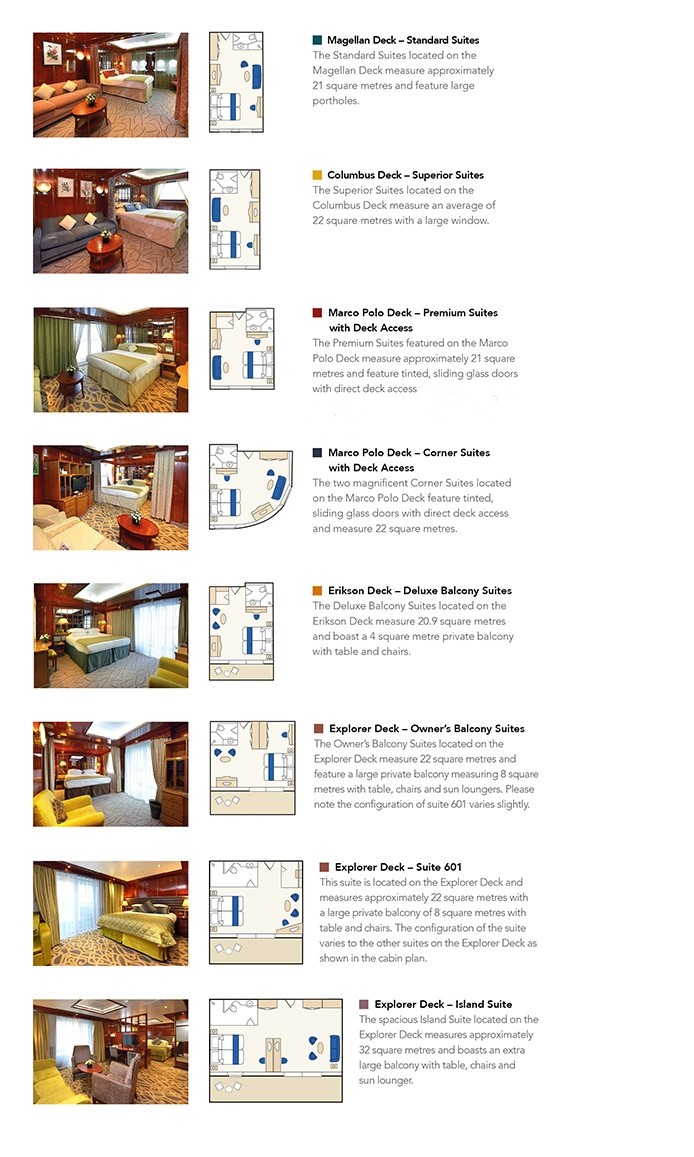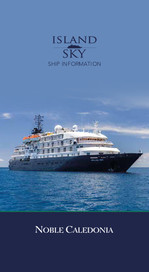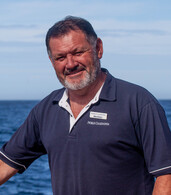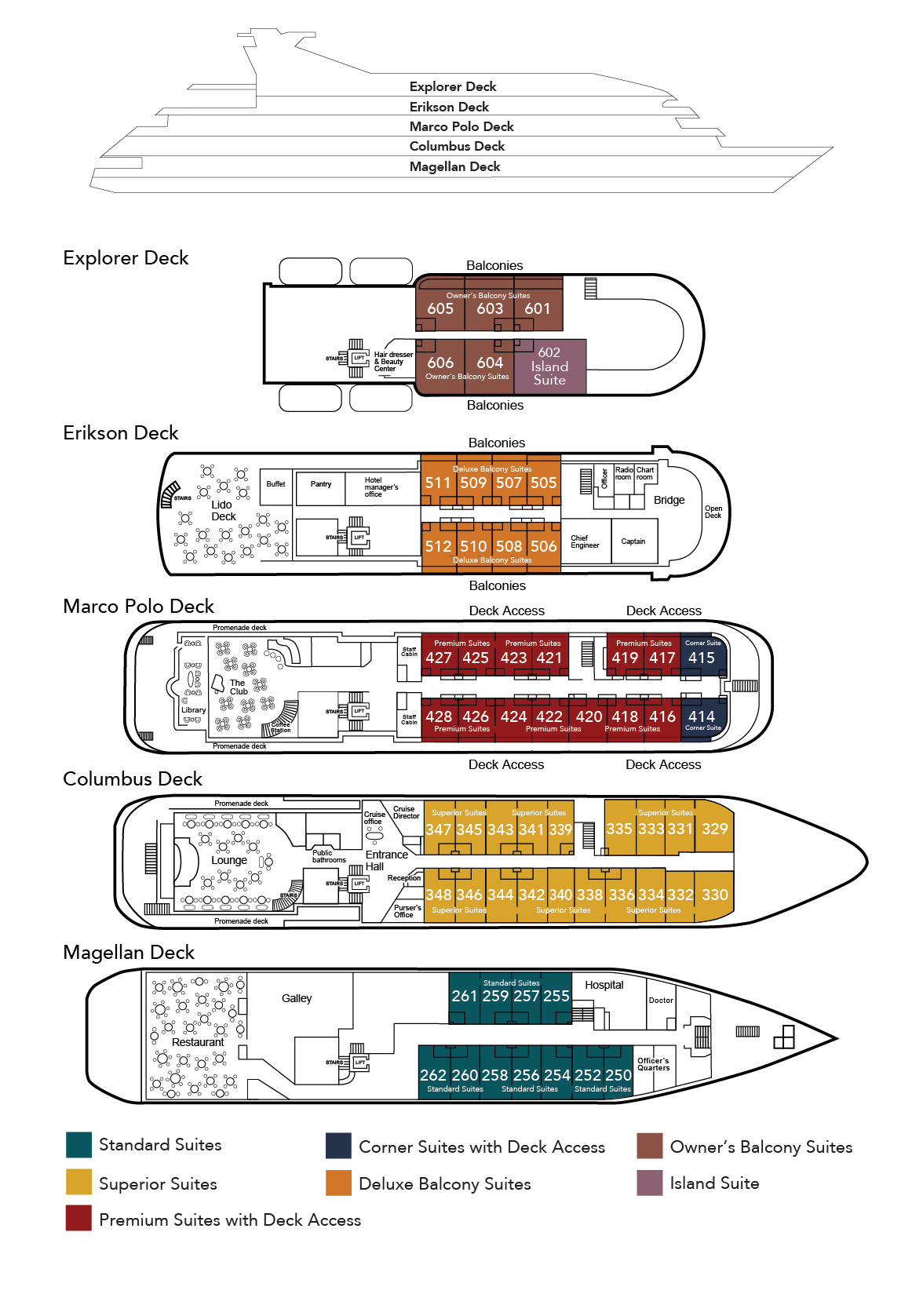
The distant Falkland Islands in the South Atlantic are one of the most fascinating places to visit on the planet. Rich in biodiversity they offer a rare opportunity to observe wildlife up close in their natural habitat. This unique expedition offers the opportunity to discover the archipelago for the first time or, for those that may have previously visited en-route to the Antarctic Peninsula, the chance to rediscover its many wonders and explore the region in more depth. We have timed our expedition for January when the weather and wildlife-viewing opportunities are optimal, the penguin colonies will be loud and active and we can witness young gentoo and rockhopper penguin creches whilst the friendly and inquisitive Commerson’s dolphins play in the surf and albatross brood-guard their fluffy chicks.
The scenery and unspoilt landscapes of the Falkland Islands upon which tourism has failed to leave footprints of any great number or significance is truly spectacular. The wildlife on the 420 rocky islands is staggering and it really is an enchanting place with a unique character, a true outpost and particularly fascinating for the British whose presence in one form or another dates back to the 18th century when whalers and sealers would use the islands for shelter. Rolling hills are interspersed with bogs and small lakes, creating a habitat for penguins and seabirds which nest amongst tall tussock grass, while seals and whales cavort along the coast.
The Falkland Islands are a true paradise for bird lovers; over 220 species have been recorded here many of which are remarkably numerous and tame. The islands are a sanctuary of the elegant albatross which soars graciously against the blue sky and highlights of our expedition for bird enthusiasts will include our visits to Steeple Jason Island where 70 percent of the world’s population of black-browed albatross can be found, the raucous chatter of a rockhopper colony and the opportunity to see one of the worlds rarest raptors, the striated caracara.
To enjoy the wonders of this faraway paradise in the company of a small and enthusiastic party is the perfect way to achieve the most from a visit to this extraordinary place. Our highly adaptable Zodiac craft will allow us to enter tiny inlets and marvel at some truly wondrous sites. Whilst at sea or in between our landings you can pass the time looking for wildlife on deck, attending the series of lectures by our expert expedition team or simply relaxing on board.
Island Sky
The MS Island Sky is one of our two flag ships and sister vessel to the MS Hebridean Sky. Both vessels were built in the same ship yard in Italy at similar times and share the same excellent attributes that make them two of the finest small ships in the world.
Itinerary
Please note that flexibility is key to a successful expedition. Although we have outlined an itinerary below, this is only a preliminary plan, our exact route and landings will depend on weather, tides and wildlife we may encounter along the way.
Day 1 London to Buenos Aires, Argentina.
Fly by scheduled flight.
Day 2 Buenos Aires.
Arrive and transfer to our centrally located hotel for an overnight stay. This afternoon is free to relax in the hotel or maybe join an orientation tour of the city including the Plaza de Mayo, the Cathedral and the Cabildo (Old City Hall) before we continue towards the most traditional neighbourhood of Buenos Aires, San Telmo which is characterised by its old colonial houses and the cobblestoned streets. Our guided tour will end in La Boca with the opportunity to look around the colourful zinc houses which used to be the refuge and home for the first immigrants and popular artists. The evening is free for independent exploration.
Day 3 Buenos Aires to Ushuaia.
After breakfast in the hotel we will transfer to the airport for our scheduled flight to Ushuaia. On arrival we will transfer to the MS Island Sky and start our adventure this evening as we cruise down the Beagle Channel. Here the mountains, still partly unmapped, drop as sheer, densely wooded cliffs into the channel and penguins, dolphins and South American sea lions abound in the channel.
Day 4 At Sea.
Enjoy a relaxing day on board. Watch out for wildlife, such as the albatrosses, prions and petrels that frequently follow the ships and join some lectures in the lounge as we prepare for our time in the Falkland Islands.
Day 5 New Island, Falkland Islands.
New Island has a fascinating history with the abundance of wildlife and sheltered harbours having attracted sealing and whaling operations from 1774. Today it is known for its breathtaking landscapes, spectacular cliffs and white sand beaches. The island is home to forty bird species, including the world’s largest population of slender-billed prions, black-browed albatross, striated caracara and southern rockhopper penguins and due to the variety and density of birdlife, New Island is also classified as an Important Bird Area and National Nature Reserve. The island is home to 73 native and six of the 14 national endemic plant species such as lady’s slipper, clubmoss cudweed, vanilla daisy, coastal nassauvia, woolly ragwort and smooth ragwort. Landing this morning at Coffin Harbour we will have a chance to visit the Captain Barnard Museum before walking to see the resident black browed albatross and rockhopper penguins. Over lunch we reposition to North Harbour to access the colonies of Magellanic penguins, gentoo penguins and albatross. Those feeling active may decide to take a hike amongst the spectacular scenery.
Day 6 Steeple Jason & Carcass Island.
At first light we will arrive off Steeple Jason, named after the HMS Jason which came to survey the islands in 1766. Steeple Jason is home to the world’s largest blackbrowed albatross colony, with over 250,000 breeding pairs. The colony spans approximately 200 metres in width and extends an impressive five kilometres along the southwestern seaboard. The island also hosts southern rockhopper penguins and imperial cormorants. A morning ship cruise will observe this amazing site before we sail to Carcass Island arriving over lunch. First inhabited in 1872, Carcass Island boasts a diverse array of natural wonders, including sand bays, ponds, mountains, and cliffs. At our anchorage at Dyke Bay we may be greeted by playful Commerson’s dolphins before we walk to the nearby Magellanic and gentoo penguin breeding grounds. We may also see Falkland skuas, South American terns and grass and cobbs wrens. For those who prefer hiking we can cross the island enjoying some of the inland flora and fauna including the blackish oystercatcher, the blackish chinned siskin and the Falklands thrush, and be captivated by the sight of yellow orchids, white grass, hairy daisies, balsam bog and the iconic diddle dee. Over dinner we will sail the short distance to Saunders Island where we anchor overnight.
Day 7 Saunders Island & Keppel Island.
Named after British Admiral Sir Charles Saunders, the island was the base for the first British settlement in the Falklands in 1765. We will awake at our anchorage off ‘The Neck’ which is a wildlife haven, teeming with colonies of gentoo, Magellanic, and king penguins. It also boasts a diverse array of shorebirds, including Magellanic and blackish oystercatchers, kelp geese, and Falkland steamer ducks. An active walk will visit the albatross and rockhopper colonies along the north coast which also provide elevated views of both sides of the neck and the stunning white sand beaches. We will sail in the late morning by Rookery Bay which is home to blackbrowed albatross, which nest along the northern slopes for several kilometres. Along the rocky coastline, imperial cormorants and southern rockhopper penguins can also be spotted. In the early afternoon we arrive at Keppel Island, home to the first long term settlement in the archipelago established by the South American Missionary Society in 1855. For the following 40 years a group of British missionaries ran an agricultural settlement here, building storehouses, workshops and cow sheds. Today we can visit the distinctive ruins and remains of the settlements still visible on the island. The island also boasts a diverse range of wildlife including an albatross colony and accessible colonies of gentoo and Magellanic penguins. Small birdlife is commonly observed around the ponds and the quieter areas of the settlement which include Falkland grass wrens, white-tufted Rolland’s grebes, and black-necked swans.
Day 8 Falkland Sound & Port Howard.
This morning we will sail into the Falkland Sound which divides the two main islands and will land at Port Howard, location of the oldest and largest sheep farm in the Falkland Islands with 45,000 sheep. We will have the opportunity to speak to the owners, learn about farming on the islands and see a working farm in action with sheep shearing wool classing and baling. There is also a small museum providing insight to the 1982 conflict when 1000 Argentine troops occupied the settlement. This afternoon we sail past San Carlos Bay which was a major landing site for British troops during the Falklands War and the location for a five day battle in May 1982.
Days 9 & 10 Stanley.
Stanley, the capital of the Falkland Islands will be our base for the next two days and during our time here we will organise a number of tours. A walking tour of Stanley will include Christchurch Cathedral, the southernmost Anglican cathedral in the world and the Historic Dockyard Museum where we can learn about the maritime history of the islands. See some of the pioneers’ homes in Drury Street as well as Government House. Wildlife enthusiasts can join a 4x4 off road expedition enjoying the rugged landscape as we drive to Volunteer Point, home to a colony of over 1000 king penguins or alternatively join the expedition team on walks around Gypsy Cove where we find a colony of Magellanic penguins. For those wishing to stretch their legs there will be an opportunity to hike in the mountains surrounding Stanley which offer some fantastic views across Stanley and Port William whilst a battlefields tour will visit some of the major sites from the 1982 conflict. There will also be some free time to explore at your own pace and visit the local shops.
Day 11 Southern Falklands.
As we sail along the south coast of the Falklands archipelago our Expedition Leader and Captain will look for a suitable landing site based on weather and sea conditions. We may land at Bleaker Island, home to gentoo penguin colonies, as well as shoreline birds such as kelp geese and blackish oystercatchers. Meanwhile a five kilometre roundtrip hike will take us to the rockhopper penguin and imperial cormorant colonies located near the island’s settlement before returning via the ‘Big Pond’. Alternatively Bull Point boasts a diverse array of beach types, supporting a rich tapestry of wildlife. Magellanic penguins nest in burrows along the entire coastline, while white-rumped sandpipers, two-banded plovers, rufous-chested dotterels, and both Magellanic and blackish oystercatchers can be spotted. Ruddy-headed and upland geese graze in the coastal areas, while smaller bird species like white-bridled finches, endemic tussac birds, long-tailed meadowlarks, and austral thrushes also make their home here. During the summer months, Commerson’s dolphins frequently frolic in the surf, while orcas and baleen whales can be spotted along the coast. The rocky beaches and tussac grass provide an ideal habitat for southern sea lions, and occasionally, southern elephant seals may make appearances.
Day 12 At Sea.
During our final day at sea, our lecture programme will continue in the lounge whilst our naturalists continue to spot wildlife as we return to Ushuaia.
Day 13 Ushuaia to Buenos Aires.
Disembark after breakfast and transfer to the airport for our scheduled flight to Buenos Aires. On arrival transfer to our hotel for an overnight stay and the remainder of the day is free to relax or for independent exploration.
Day 14 Buenos Aires to London.
After breakfast in the hotel we will transfer to the airport for our scheduled flight to London.
Day 15 London.
Arrive today.
Dates and Prices
| 5 to 19 January 2027 | ||
|---|---|---|
| Category | Brochure Price | Special Offer Price |
| Magellan Deck Standard Suites | £10495 | £9495 |
| Columbus Deck Superior Suites | £10995 | £9995 |
| Marco Polo Deck Premium Suites | £11495 | £10495 |
| Marco Polo Deck Corner Suites | Fully Booked | Fully Booked |
| Erikson Deck Deluxe Balcony Suites | £12995 | £11995 |
| Explorer Deck Owner's Balcony Suite | £13495 | £12495 |
| Explorer Deck Island Suite | £14595 | £13595 |
| Magellan Deck Standard for sole occupancy | Fully Booked | Fully Booked |
| Columbus Deck Superior for sole occupancy | Fully Booked | Fully Booked |
Tour Reference Code: SCISK050127
PRICE INCLUDES: Economy class scheduled air travel • Two nights hotel accommodation in Buenos Aires with breakfast • 10 nights aboard the MS Island Sky on a full board basis • House wine, beer and soft drinks with lunch and dinner • Noble Caledonia expedition team • Shore excursions • Gratuities • Transfers • Airport taxes • Port taxes.
Not Included: Travel insurance, dinner on day 2 and day 13.

During this expedition you will be visiting out of the way destinations and will be accompanied by an expedition team. Landings and excursions will be made by Zodiac landing craft. The use of Zodiacs will be key to the operation of the itinerary as shown. If you have any queries pertaining to the use of Zodiacs or the level of fitness required for this voyage, please do not hesitate to ask one of our experienced travel consultants.
Please be aware that our website does not display real-time availability. As a result, the categories and prices listed above are subject to change. For the most up-to-date information, please call us at 020 7752 0000 and speak with one of our experienced Travel Consultants.
-
Deckplan
Island Sky
The MS Island Sky is one of our two flag ships and sister vessel to the MS Hebridean Sky. Both vessels were built in the same ship yard in Italy at similar times and share the same excellent attributes that make them two of the finest small ships in the world.
Skys Video Tour
What to Expect
There is no such thing as a “typical” day during an expedition cruise. Flexibility is the key and sometimes the whole day’s schedule will be changed to maximise your experience. Each day holds something new and below are some extracts from a previous log from the MS Island Sky which will provide you with an idea of what to expect if you choose to join this exploration of the Falkland Islands.
Carcass Island: The name “Carcass” was attributed to the island because it was first surveyed by HMS Carcass in 1766. On West Point Island we had enjoyed seeing the southern rockhopper penguins on their nests. Today, we also had southern rockhopper penguins, but the main species we encountered were the charming Magellanic penguins. Whilst vastly different in appearance to the southern rockhopper, the other noticeable difference was that they nested in burrows. Wherever you spotted a hole in the ground, you would invariably see a small eye looking out at you. As was rapidly becoming a welcome tradition, a delightful afternoon tea spread was laid out in the community hall (which served every purpose you can think of) for our delight. Other birds that we saw on our visit to Carcass Island included Falkland steamer ducks, ruddy-headed geese, a few gentoo penguins, striated caracaras, blackish cinclodes, Cobb’s wrens, white-bridled finches and plenty of shite-hawks. All too soon it was time to head down to the landing beach and sit on one of the trusty black chairs and have our boots scrubbed before boarding the Zodiacs and returning to the ship. Our two days in the western part of West Falkland – an area completely bypassed by the 1982 conflict – had certainly made me appreciate that there is much to see, enjoy and explore in this remote corner of the globe. Stanley seems like a buzzing metropolis in comparison!
Stanley: The walking tour started from the Visitor Centre at the public jetty and headed along Ross Road towards the Cathedral. From there a number of the interesting sites around Stanley were visited and the tour ended at the Historical Dockyard Museum on the seafront. The battlefield tour had the benefit of two 1982 veteran soldiers in the form of Mike and Kevin who provided an extra dimension to any commentary from the local guide. During the afternoon many of the guests took the opportunity of seeing the sights of Stanley, whether the Globe Tavern or the Historic Stanley Museum and the several shops. The last shuttle back from the Visitor Centre collected the last passengers still exploring ashore and the MS Island Sky moved out through the Narrows into Port William. Chris gave a few points of interest on the PA regarding the SS Great Britain, which ended her working days in Sparrow Cove, just off Port William.
Travelling with You
Having visited the Falkland Islands numerous times, many members of our expedition team know the islands well and some of the team including Ali, Mike and Colin have an intimate knowledge of the islands through living there, serving there and exploring. Your experience will be greatly enhanced by theirs and the rest of the team’s knowledge of the islands.
 Ali Liddle
Ali Liddle
Ali will be our Expedition Leader for this voyage and has lived on both the Falkland Islands and South Georgia, but these days is based on the Isle of Skye in Scotland. She has been working on cruise ships since 2010 and is a self-confessed ‘Polar Addict’ with a deep love of Antarctica and the Arctic; their landscapes, wildlife and the history associated with the regions. Originally from the UK, Ali spent 15 years living in the Falkland Islands where she worked as a primary school teacher and then as Education Officer for Falklands Conservation where she pursued her passion for wildlife, environmental and conservation issues. Ali visits the islands on a regular basis and still has a home in Stanley with plans to return to the islands and the community that she loves at some point in the future. Ali has published three books to date including Plants of the Falkland Islands and her interests are natural history, wildlife and flora and she enjoys sharing her local knowledge of and passion for the remote Falkland Islands.
Mike Bowen
Mike is a former Royal Marine and was a member of the first Commando unit to land on ‘Blue Beach’ at San Carlos as part of Operation Corporate, the British mission to retake the Falkland Islands in 1982. From a young age, being drawn to adventure, led to a remarkable 27-year career in the military, concluding his service as a Warrant Officer. Following his military career, Mike transitioned into the security sector, where he worked in close protection and maritime security, notably serving as an armed ship security officer in the Gulf of Aden responsible for safeguarding oil tankers and expedition vessels, including Noble Caledonia owned ships from the Somali pirate threats. For the past decade, Mike has dedicated himself to the expedition travel industry, and as an Expedition Leader, Senior Polar Guide, Firearms Master, Zodiac Master, and First Responder he has worked in the Arctic, the Antarctic, the Falkland Islands and the Indian and Pacific Oceans. With a deep interest in the natural world Mike also presents on topics ranging from the Falklands War to the War in Afghanistan.
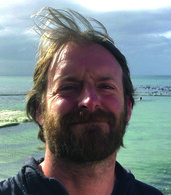
Colin Souness
Born and raised in Scotland, Colin is descended from a Southern Ocean whaler and has had a fascination with the Falkland Islands and the Antarctic for as long as he can remember, making him proud to work in the area and follow (loosely) in his great grandfather’s footsteps. He first visited the Falkland Islands in January 2005 whilst crewing aboard a small, private Antarctic expeditionary yacht. Colin’s love for the Falkland Islands was born at this time and he was to return aboard an expedition ship in 2012 and has been leading groups in their visits to the Falklands almost every year since. In December 2016 Colin returned under his own steam to explore the islands further, spending a month in the archipelago and completing a solo crossing of the two main islands on foot, walking from Hill Cove on West Falkland back to Stanley. Camping along the way, Colin enjoyed ascents of Mount Adam and Mount Usborne, working in the sheep shearing at Port Howard and exploring the various battle sites dating to the 1982 conflict. He loves the geology, the climate, the people and the Land Rovers of the Falklands, and can’t wait to get back.
Tour Extensions
-
-
After disembarking the MS Island Sky, we are offering the opportunity to visit the Iguazu Falls, often considered the most dramatic waterfalls in the world.
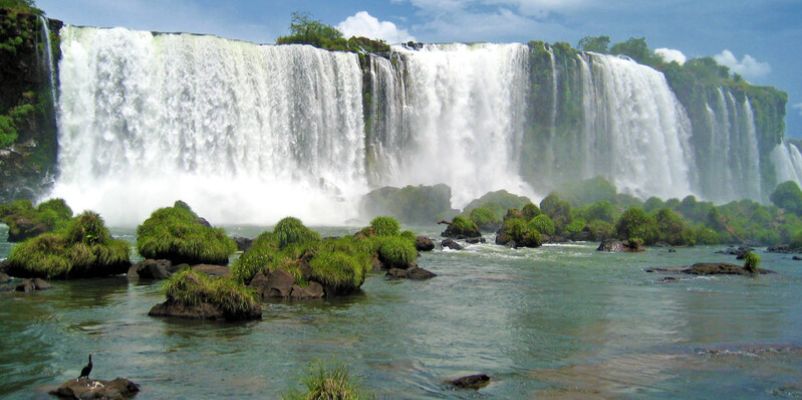 Iguazu Falls
Iguazu Falls
The Itinerary
Day 1 Buenos Aires to Iguazu Falls, Argentina.
Check out this morning and transfer to the airport for our scheduled flight to Iguazu Falls. On arrival check in to the hotel and this afternoon enjoy a guided tour of the falls. Today we will explore the Brazilian side of the falls walking through the tropical rainforest. (L, D)
Day 2 Iguazu Falls.
Enjoy a full day at the Iguazu Falls on a series of guided walks seeing the upper and lower circuits and the triple frontier, the meeting point of Argentina, Brazil and Paraguay. (B, L, D)
Day 3 Iguazu Falls to Buenos Aires.
Return to the airport this morning and join our scheduled flight to Buenos Aires. On arrival transfer to our hotel for an overnight stay. (B)
Day 4 Buenos Aires to London.
Transfer to the airport this morning for our scheduled flight to London.
Day 5 London.
Arrive today.
Prices per person based on double occupancy
18 to 22 January 2027 Category Price Twin £2295 Single £2795 Price Includes: Economy class scheduled air travel, overnight hotel accommodation in Buenos Aires and two nights hotel accommodation in Iguazu Falls, meals as indicated (B - Breakfast, L - Lunch, D - Dinner), guided tours at the Iguazu Falls, gratuities, transfers.
Not Included: Travel insurance.
-
Book with Confidence
Speak to one of our advisors on 020 7752 0000







